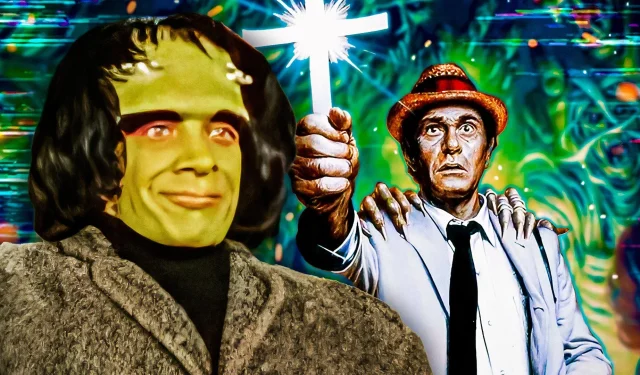The 1970s was a landmark decade for television, particularly in the horror genre, giving rise to some of the most memorable and chilling series that continue to captivate audiences today. Characterized by an inventive array of anthology shows, this era introduced viewers to a variety of eerie narratives, effectively blending psychological thrills with supernatural elements. The diversity found within these programs not only showcases the creativity of that time but also contributes to their enduring appeal.
These horror series often featured gripping storylines that were enhanced by the performances of prominent actors of the decade. Whether the shows adapted classic horror literature or presented fresh takes on beloved supernatural figures, their legacy endures, and they remain worthy of a contemporary watch.
10 Armchair Thriller (1978-1981)
Horror Novels Adapted for Television

Armchair Thriller expertly weaves together mystery, horror, and drama, creating a captivating viewing experience in each 25-minute episode. This anthology series primarily features adaptations of horror novels, allowing for a wide range of thrilling stories that consistently engage the audience’s imagination.
The show’s signature opening features a shadowy figure making its way toward an armchair, an ominous image that effectively sets the tone for the chilling narratives to follow. With a score composed by Roxy Music’s Andy Mackay, the series also boasted appearances from renowned actors like Ian McKellen and Denis Lawson, enhancing its appeal.
9 Cliffhangers (1979)
Multi-Genre Tales in Each Episode

Cliffhangers aimed to revive the movie serial format on television, dividing each episode into three 20-minute segments encompassing different genres. These segments featured a mix of mystery, sci-fi, and horror, with the horror portion titled “The Curse of Dracula.”
In this story, Dracula (played by Michael Nouri) is humorously portrayed as a college professor in San Francisco, where a young woman seeks revenge against him. Unfortunately, despite its innovative approach, Cliffhangers struggled against competing shows and was canceled before its full potential could be realized.
8 Beasts (1976)
Monsters Affecting the Human Psyche
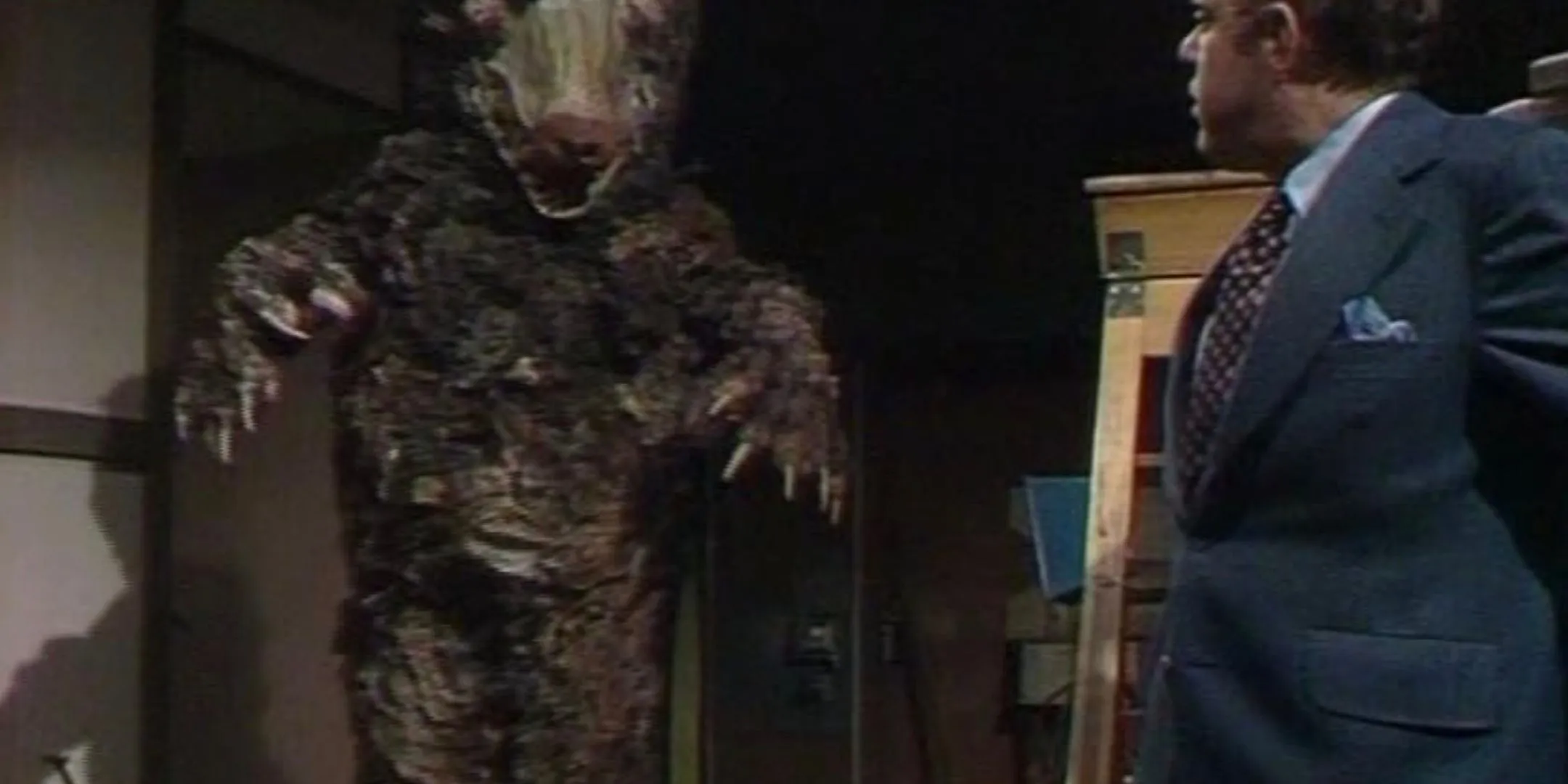
Comprising six self-contained episodes, Beasts delves into the realm of bestial horror. Although some episodes delve into standard supernatural themes, many focus on psychological horror, presenting protagonists who are haunted by various animalistic fears, as seen in the episode “What Big Eyes,”where a man believes he has transformed into a wolf.
Created by the acclaimed screenwriter Nigel Kneale, Beasts distinguishes itself from other horror anthologies of its time. While it may present some dated elements, the series manages to maintain a timeless quality by steering clear of conventional monster clichés.
7 Supernatural (1977)
Club Members Share Chilling Tales

Unlike many horror series that rely heavily on gore, Supernatural leans into suspense and tension to induce fear. This British anthology series presents a unique framework: members of the “Club of the Damned”each recount horror stories that are then graded based on their fright factor, with dire consequences for inadequate tales.
Unfortunately, airing during the summer meant the mood of the show did not resonate well with the season, leading to its quick cancellation after just one season. Its gothic atmosphere was ahead of its time, yet the viewing public wasn’t ready for it.
6 Monster Squad (1976)
Classic Monsters as Superheroes

Distinct from the popular movie of the same name that followed, the 1976 television series Monster Squad aired for 13 episodes, featuring iconic horror figures like Dracula (Henry Polic II), Wolfman (Buck Kartalian), and Frankenstein’s monster (Michael Lane).
These classic monsters, initially wax figures, are brought to life by the night guard Walt (Fred Grandy). They redeem their past mistakes by becoming superheroes, creatively battling various villains throughout the series, resulting in a family-friendly and entertaining viewing experience.
5 Tales Of The Unexpected (1979-1988)
Adapting Roald Dahl’s Dark Narratives
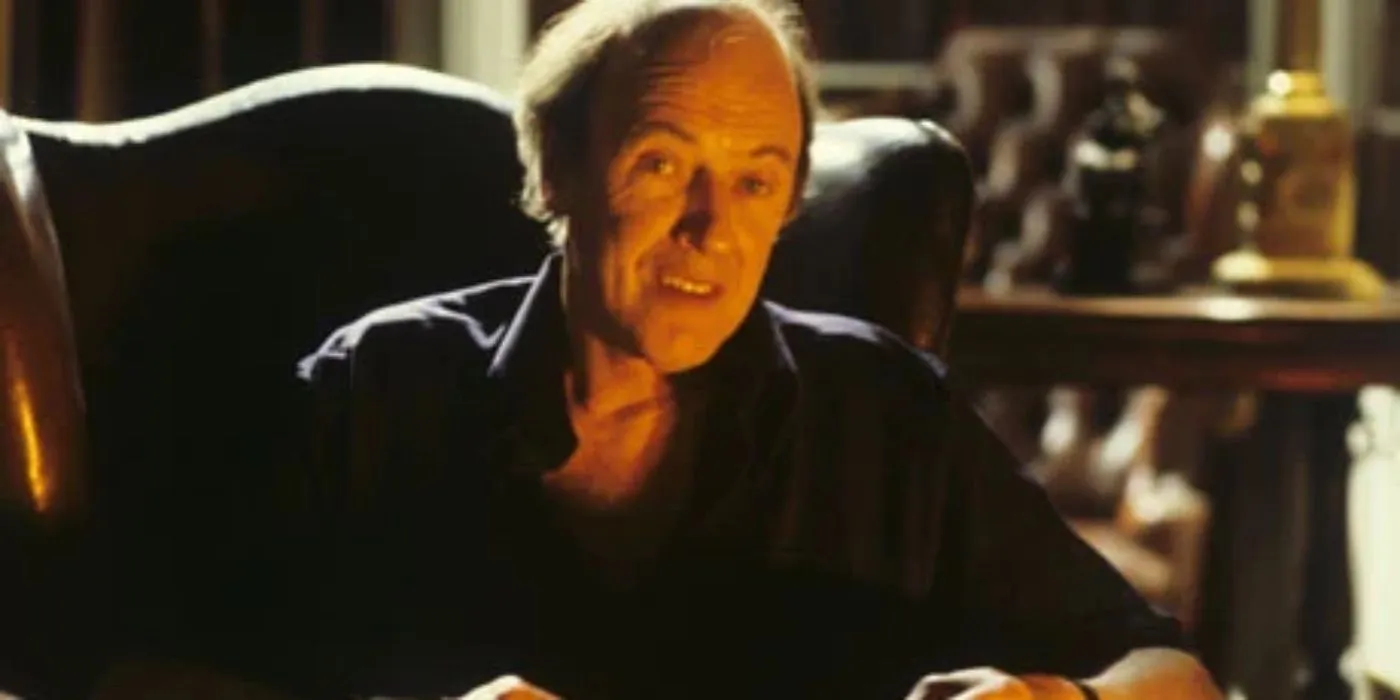
This long-running anthology series adapted many of Roald Dahl’s sinister short stories. Dahl himself would introduce many episodes, providing insights into the creative inspiration behind each tale. Unlike its contemporaries, the stories often took place in realistic settings, enabling viewers to easily immerse themselves in the gripping scenarios that unfolded.
Despite its modest budget, Tales of the Unexpected succeeded in its ability to unsettle viewers, featuring guest appearances from notable actors like Joan Hackett and Brad Dourif, adding to its credibility and allure.
4 Night Gallery (1970-1973)
An Eerie Anthology Curated by Rod Serling
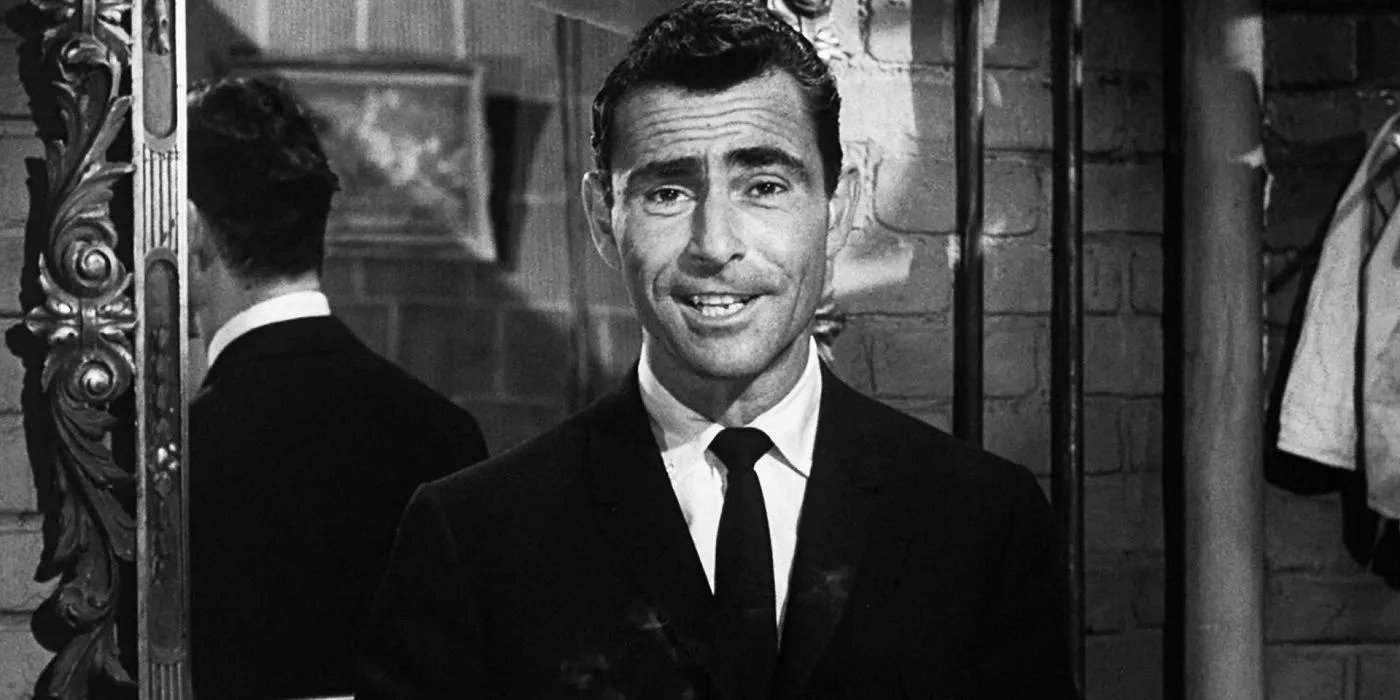
After the conclusion of The Twilight Zone, Rod Serling graced the small screen again with Night Gallery, an anthology series that presented macabre tales. Each episode commenced with Serling revealing a series of paintings that foreshadowed the eerie stories that would follow, maintaining an unsettling atmosphere throughout.
Unlike many anthology series of its time, Night Gallery primarily focused on horror rather than sci-fi narratives. However, the tone diluted slightly during the second season with the introduction of comedic sketches, diverging from the series’ original chilling essence.
3 The Evil Touch (1973-1974)
A Diverse Horror Anthology
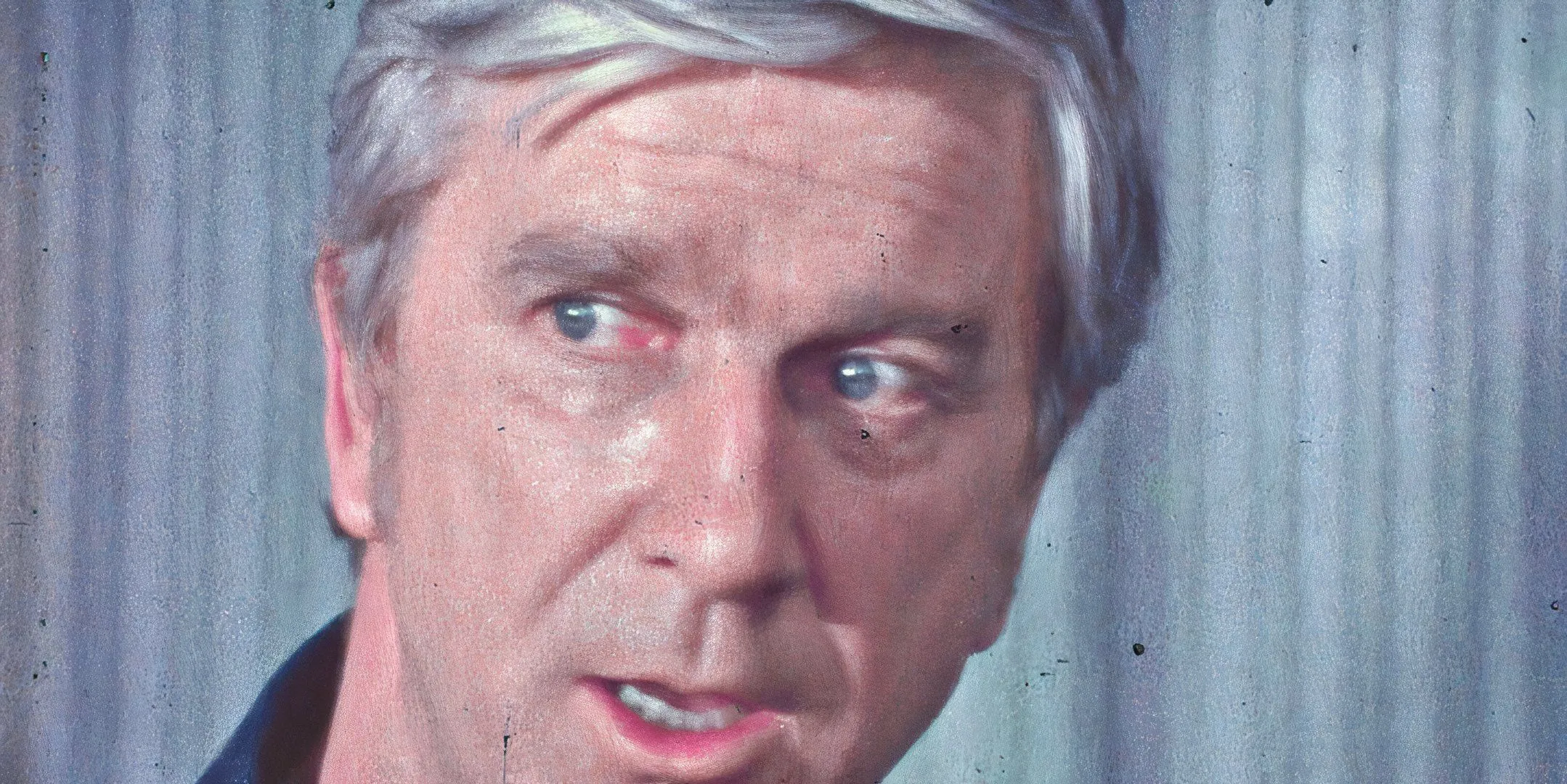
Although The Evil Touch may not rank among the most celebrated anthology series, it offers a thrilling viewing experience. Initially airing in Australia, each self-contained episode featured a mix of horror and thriller elements, showcasing several noteworthy guest stars including Leslie Nielsen and Darren McGavin.
Presented by Anthony Quayle, who introduced each episode with a haunting message, The Evil Touch thrives on its variety, presenting a range of stories from the occult to suspenseful murder mysteries, making it an engaging watch for viewers seeking both horror and intrigue.
2 Salem’s Lot (1979)
A Haunting Revelation in a Small Town
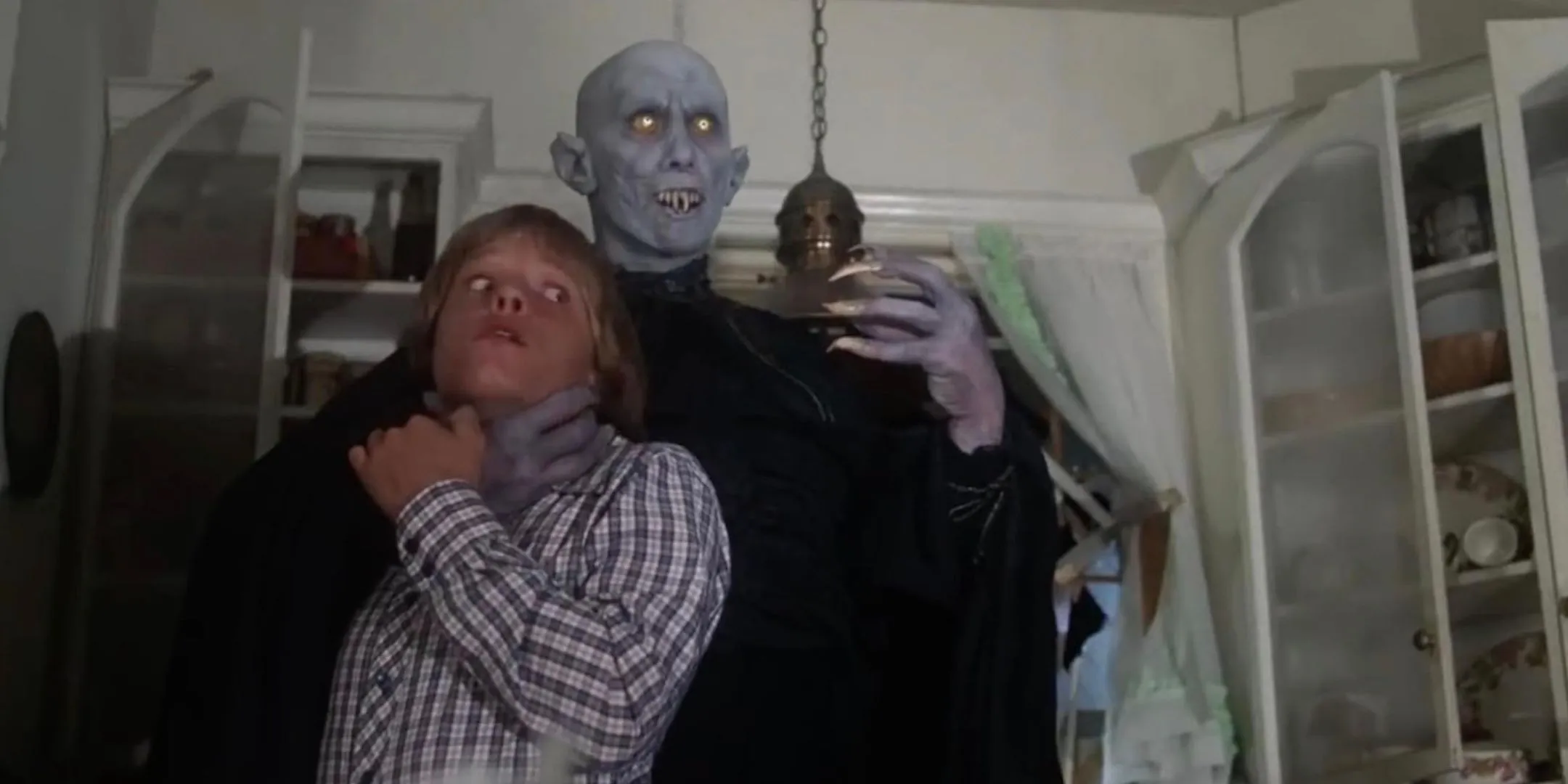
Stephen King, often dubbed the “King of Horror,”has had numerous works adapted for film and television. One of the standout adaptations is the 1979 miniseries Salem’s Lot, based on his acclaimed novel. This chilling narrative features an author returning to his hometown, only to find its inhabitants being slowly transformed into vampires.
King’s original characterization of the main vampire, Kurt Barlow, is reimagined in the series to embody the quintessential image of a terrifying vampire, amplifying the horror factor and resonate with viewers, making Salem’s Lot a timeless classic.
1 Kolchak: The Night Stalker (1974-1975)
The Subsequent Investigations of a Supernatural Reporter
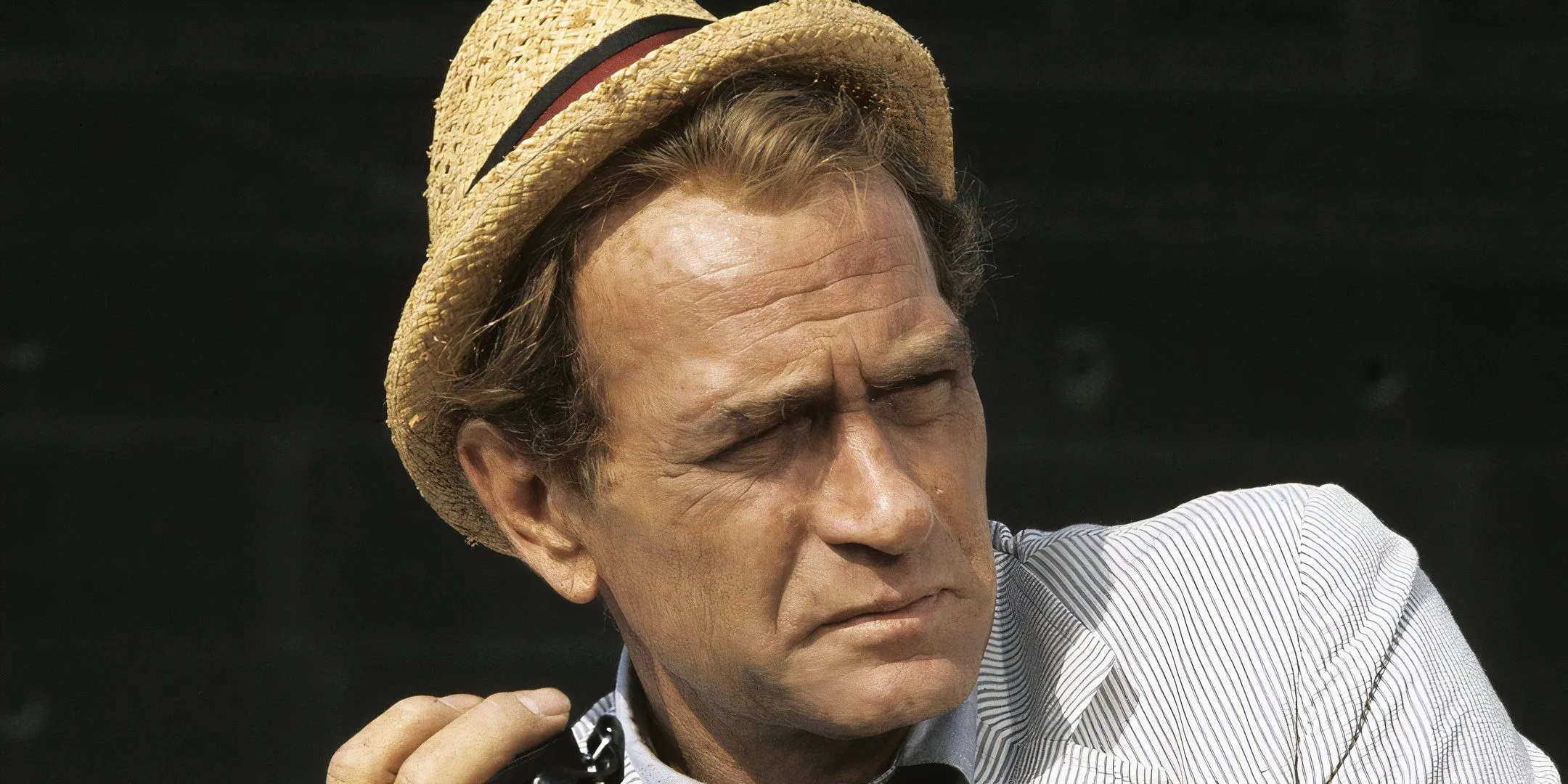
Darren McGavin’s portrayal of Carl Kolchak first made waves in the successful 1972 TV film, The Night Stalker, which achieved significant acclaim. The film’s success paved the way for the subsequent ABC series, where Kolchak investigates various supernatural occurrences.
This series expands upon the original premise, showcasing Kolchak’s quirky methods of uncovering supernatural truths often by chance, which allowed for a unique viewing experience as audiences guessed how he’d unravel each mystery. Despite being short-lived, Kolchak: The Night Stalker has earned a cult following, solidifying its place in horror television history.
